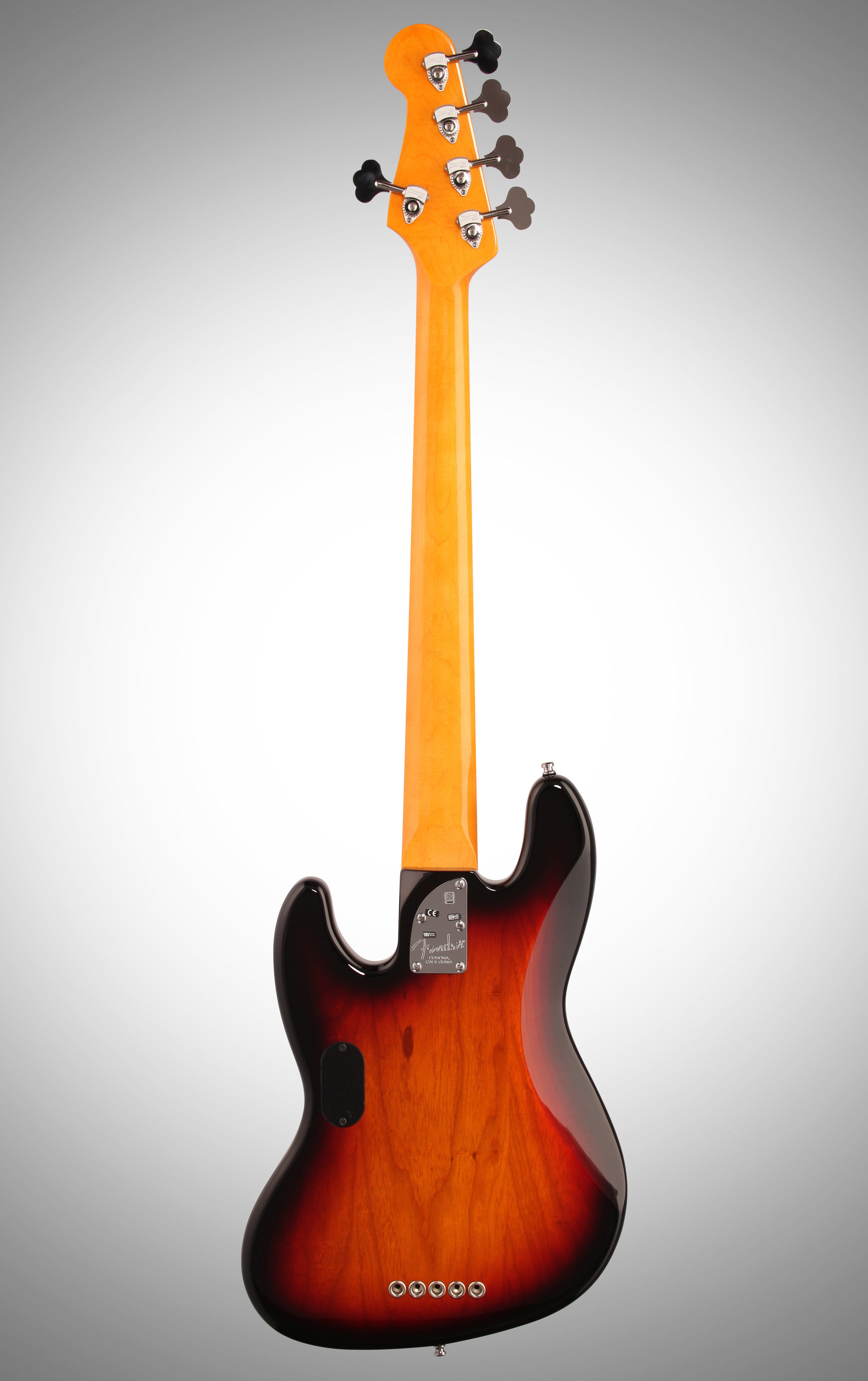
I'm considering purchasing a marcus miller signature 4 string jazz bass. Any assitance in comprehending that serial number. Board index » Fender Basses.
This article needs additional citations for. Unsourced material may be challenged and removed.
(January 2010) () Jazz Bass Manufacturer Period 1960–present Construction Body type Neck joint Woods Body Neck Fretboard Hardware Bridge Fixed Usually two Colors available Various 2- or 3-color sunbursts Various shades of white, blue, red, green, etc. The Jazz Bass (or J Bass) is the second model of created.
It is distinct from the in that its tone is brighter and richer in the midrange and treble with less emphasis on the. It has a more focused tone than the Precision Bass, with less low end and low midrange. Because of these tonal characteristics, the Jazz Bass is often preferred by bass players who seek a more noticeable sound, rather than serving as a background instrument. The sound of the Jazz Bass has been fundamental in the development of signature sounds in certain musical genres, such as,,,,, and.
Contents • • • • • • • • • • • History [ ] First introduced in 1960 as the Deluxe Model, it was marketed as a stablemate to the guitar which was also marketed as a Deluxe Model in its own right. It was renamed the Jazz Bass as Fender felt that its redesigned neck—narrower and more rounded than that of the Precision Bass—would appeal more to musicians. The Jazz Bass has two with two pole pieces per string. This gave the bass a stronger treble sound to compete with the bass, which had been introduced in 1957 and was famously 'bright'. As well as having a slightly different, less symmetrical and more contoured body shape (known in Fender advertising as the 'Offset Waist Contour' body), the Jazz Bass neck is noticeably narrower at the nut than that of the. While the Precision Bass was originally styled similarly to the guitar, the Jazz Bass' styling was inspired by the guitar, with which the Jazz shared its offset body and sculpted edges that differentiate it from other slab-style bass bodies.
The original intention of the instrument was to appeal to upright bass players. The original Jazz Bass had two stacked knob pots with volume and tone control for each pickup.
Original instruments with this stacked configuration are highly valued in the vintage guitar market. In late 1961 it received three control knobs: two controlling the volume of each pickup and one the overall tone. Despite this new feature, many stacked knob models were made until about 1962. Descargar Crack Archicad 16 32 Bits Treeview Vista Style. here. Another feature the initial models had were the 'Spring Felt Mutes', which were present on basses from 1960 until 1962. Adobe Acrobat Timestamp Server. The purpose of those mutes was to dampen the overtones and the sustain, and were screwed in place between the bridge and aft pickup. Those felt mutes were not a tremendous success, and were replaced by a cheaper, more simple foam mute glued underneath the bridge cover as was used by the Precision Bass from 1963 onwards. Over the following years as the use of mutes gradually declined both the Precision and Jazz Bass models eventually began to be produced without bridge/tailpiece covers.
A number of cosmetic changes were made to the instrument when CBS purchased the Fender companies in 1965. During 1965/66 the Jazz Bass received bound rosewood with dot position inlays (which replaced the older 'clay'-style of the early 1960s) and oval-shaped. Block-shaped fingerboard inlays and an optional maple fingerboard were introduced after 1966/67. At first necks with rosewood fretboards received pearloid blocks/binding and maple fretboard necks received black. Fender switched to pearloid blocks/binding on all necks in mid-to-late 1973.